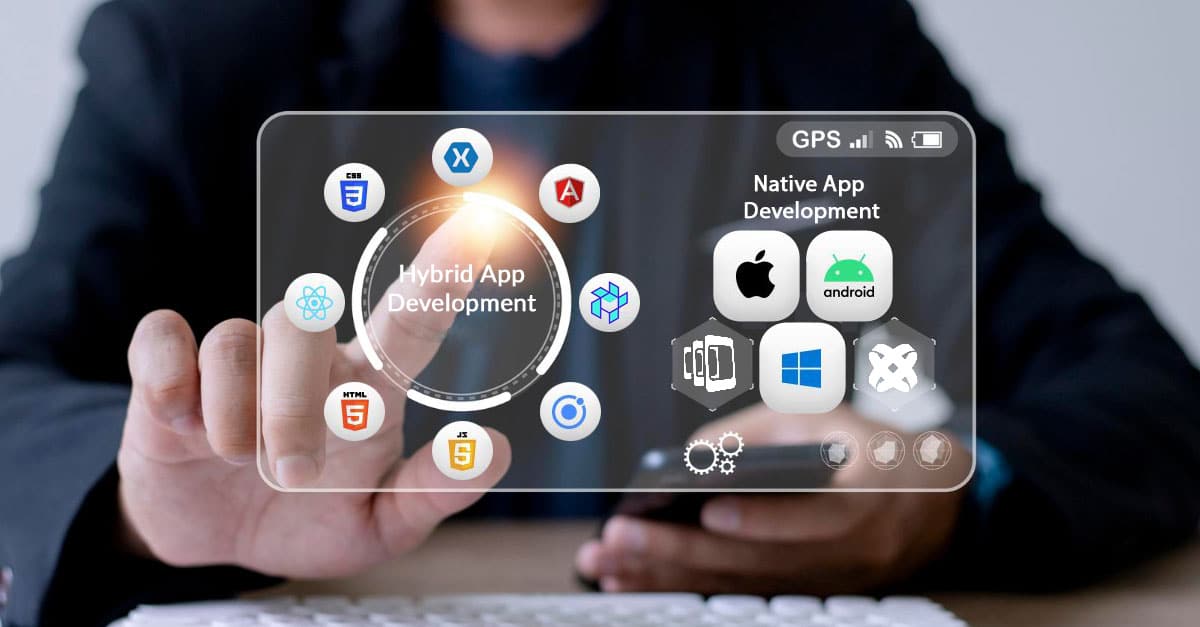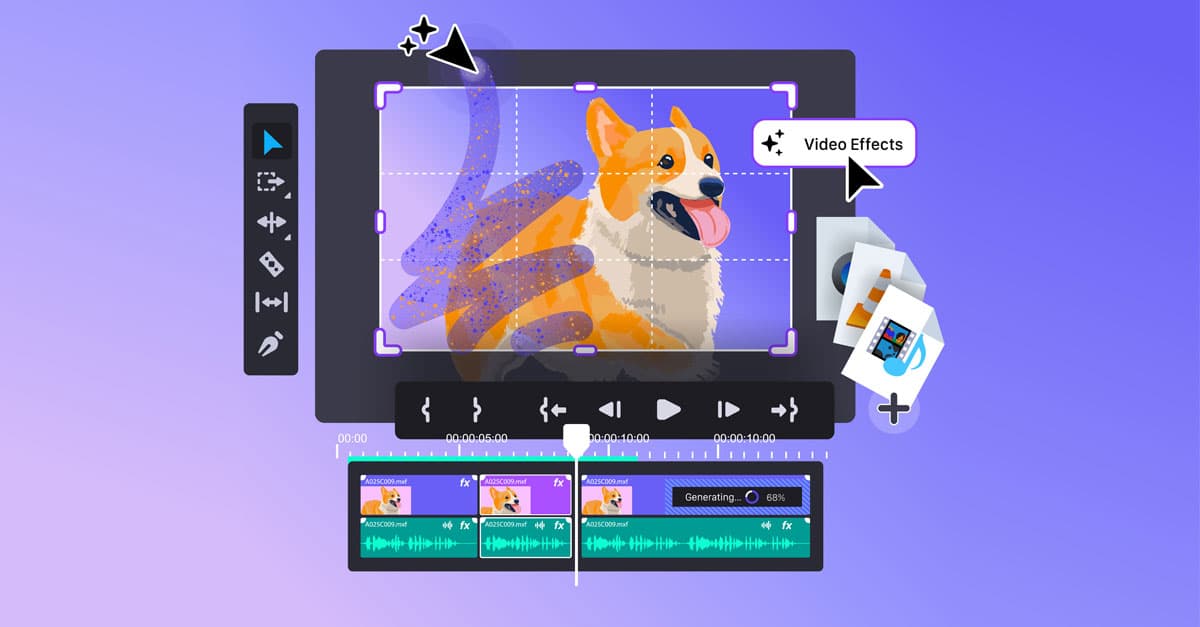Is app development moving towards the age of progressive web apps (PWAs)? Thanks to the ability of PWAs to work across multiple devices, speed and ease of development, they score over conventional mobile applications and even browser-based apps. Progressive web apps particularly find favor with agencies that find hiring developers too costly.
Combining the Best of Mobile and Web Applications
Bringing together the best of mobile and web applications, PWAs were originally proposed by Google in 2015. Built on the app shell model, they come across perfectly like an app. Moreover, they do not really require any one particular browser or device as such to run and can operate offline as well. PWAs can be shared easily through a URL, are search engine friendly and can be served via HTTPS for greater security. They employ re-engagement features like push notifications, which makes them a precise fit for several applications.
- Limitations of Web Apps and Native Mobile Applications
Web apps and native mobile applications have serious limitations. Web apps, developed to be used in a common browser, have limited access to a mobile phone’s features such as the camera and GPS. Native mobile applications, though more customizable than web apps and having ability to ride on smartphone’s features, are expensive to develop. PWAs are quick and can be shared just like a web page, negating any need to download them.
- How PWAs Function
PWAs are brought into existence by the ‘service worker’. Traditional web cache is replaced with a cache application programming interface (API) through a JavaScript background task. The API comes into action when required and responds to network requests, saving or caching the static resources from the visited sites. The mechanism enables the PWA to function even when it is offline. The gradual process brings it the name ‘progressive web app’.
- When Flipkart Moved to a PWA
Switching to a PWA helped Flipkart, the largest e-commerce site in India, to increase conversions by 70 per cent as it increased site load speed. Anyone accessing Flipkart via their browser will be enthralled by a super-quick, app-like user experience. When the users revisit the site, the PWA loads it almost instantly. Moreover, just like a usual webpage, you can continue browsing different categories, reviewing previous searches and viewing various products.
- How RWAs Enable Businesses to Save Money
PWAs help businesses to save money big time as it costs less to develop a single app that works across diverse platforms. According to Ben Terrett, the former head of design for the UK’s Government Digital Service (GDS), stopping development of mobile applications helped the government save $8.2 billion over four years. He feels responsive design websites are a better investment for businesses.
- Choice of Technology
Mobile apps work very well when technology is required for doing a transaction. Web technology is a better choice when there are a large number of active users. If any user lacks Internet access and there is an app that can store information on a device, then using a mobile app is better. Choice of technology depends on the problem you are trying to resolve.
- Features of an Ideal PWA
A progressive web app must ideally be geared up for mobile use on all screen sizes including desktops. It should respond to touch and gesture seamlessly, be able to receive notification when the app is not running, and have an app meta data to instruct the browser about its appearance post installation.
For getting your PWA designed, you can trust Virtual Employee. We base our codes and designs on a comprehensive app strategy. Using the latest designing guidelines, we create highly dynamic, user-friendly, and feature-rich PWA. This highly dynamic web surfing tool leaves your customers highly satisfied and wanting for more.







